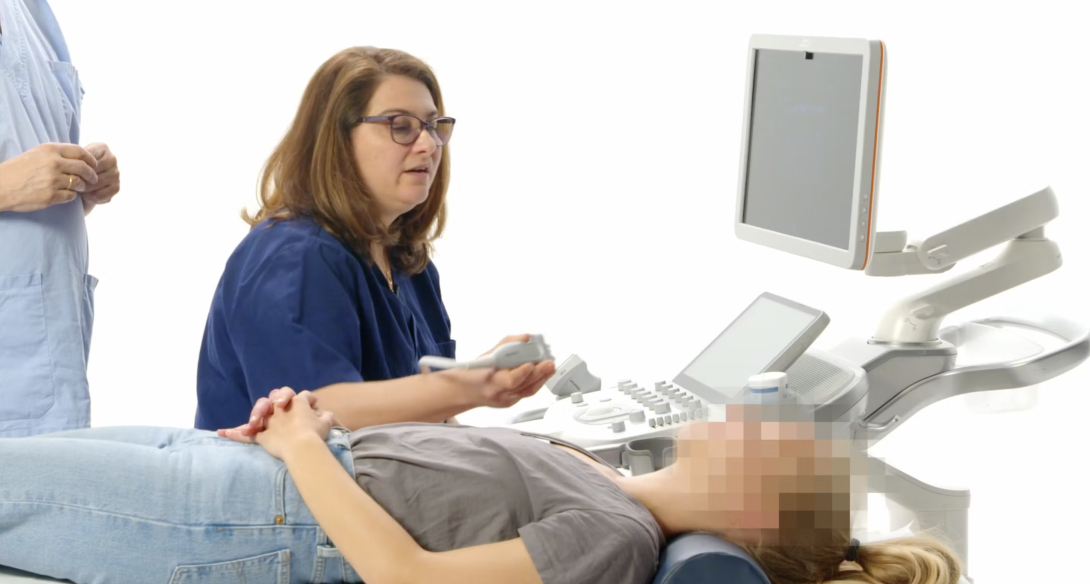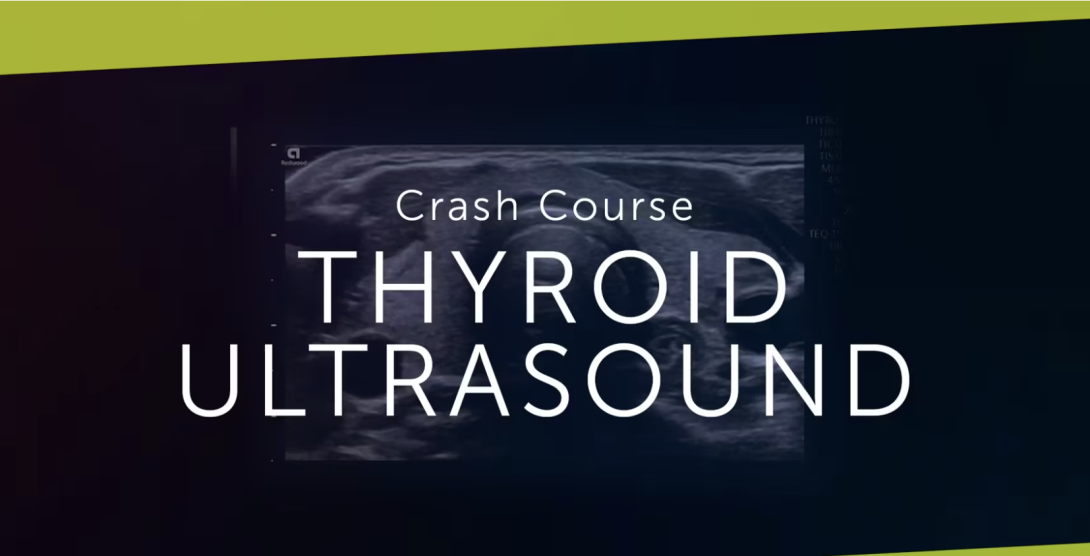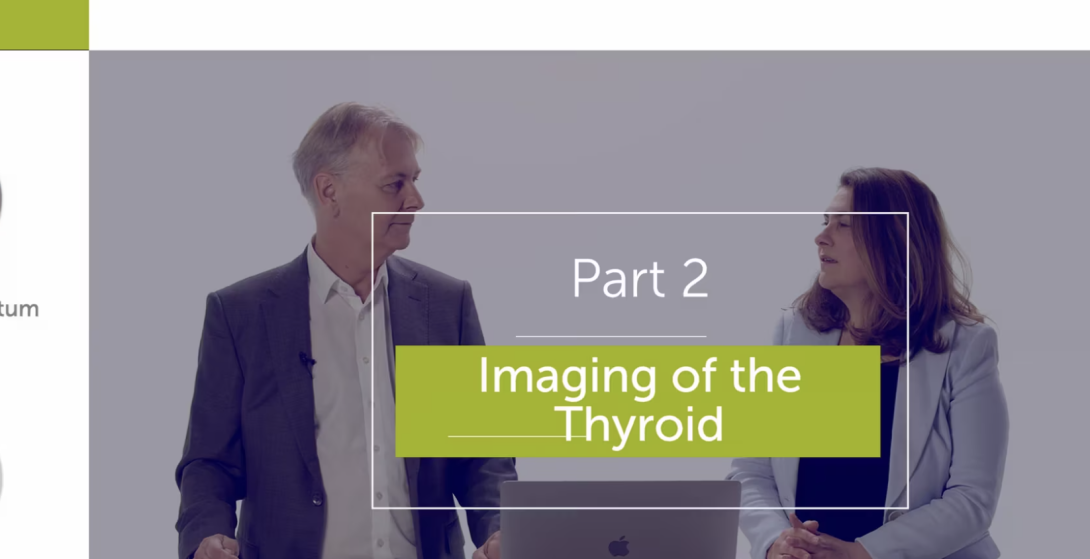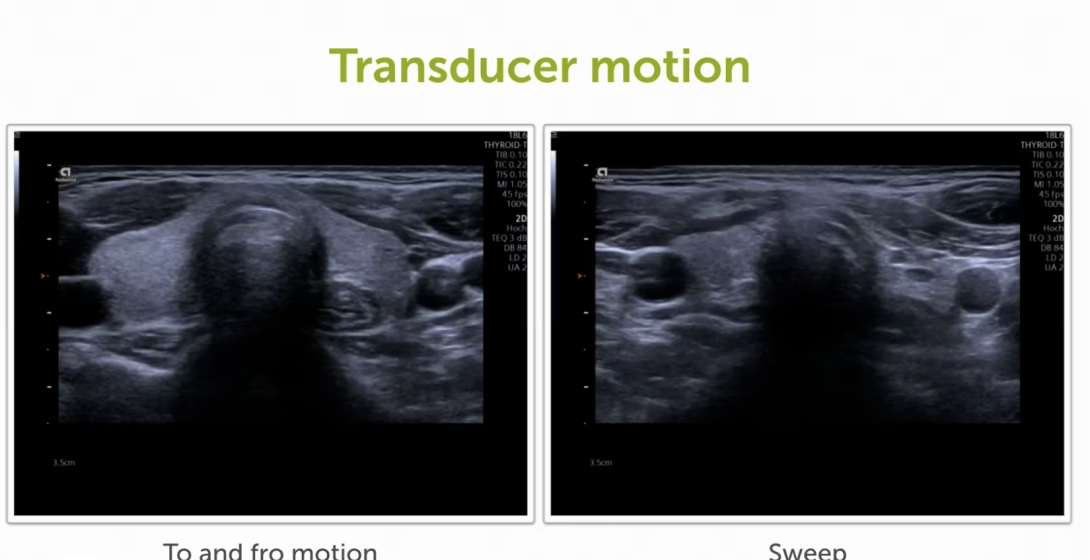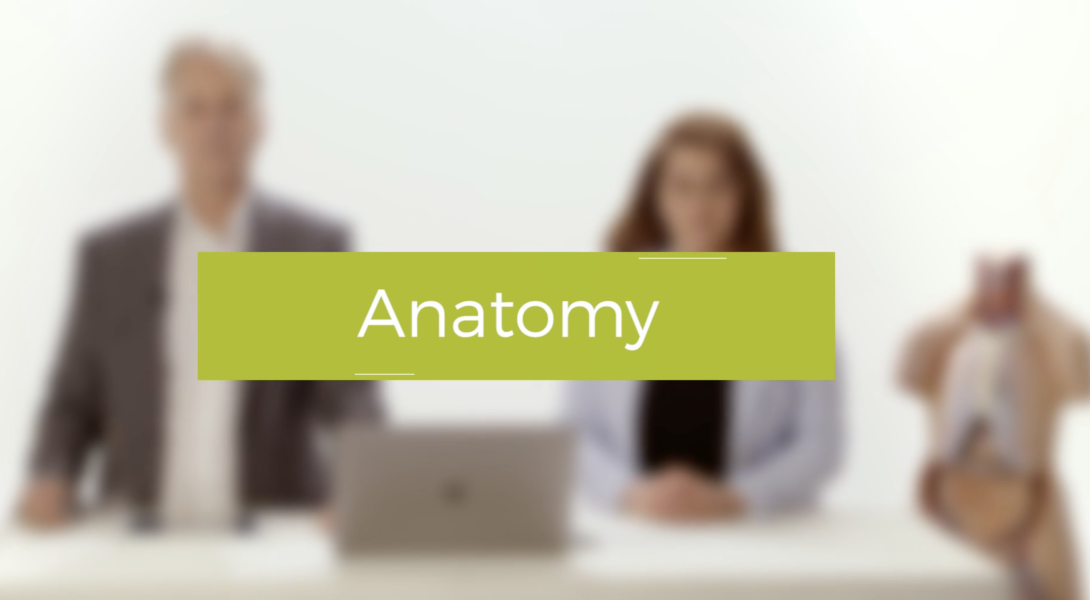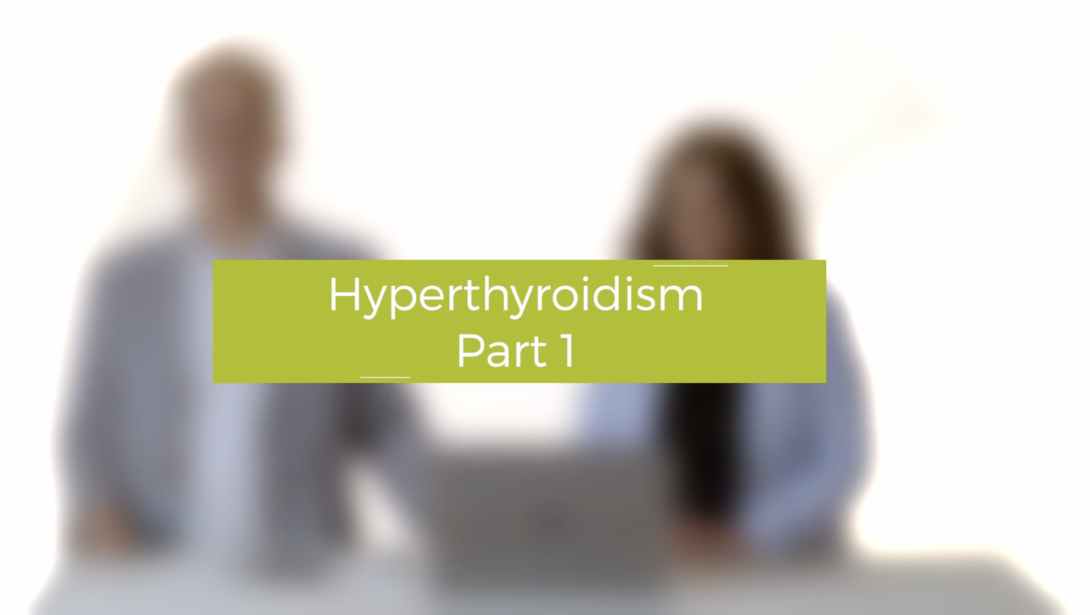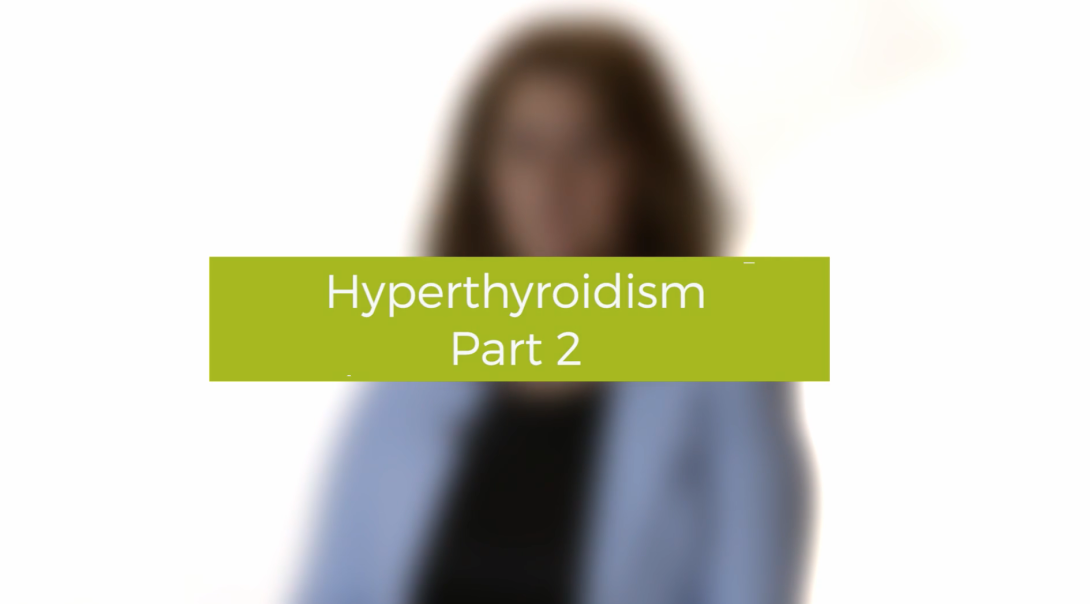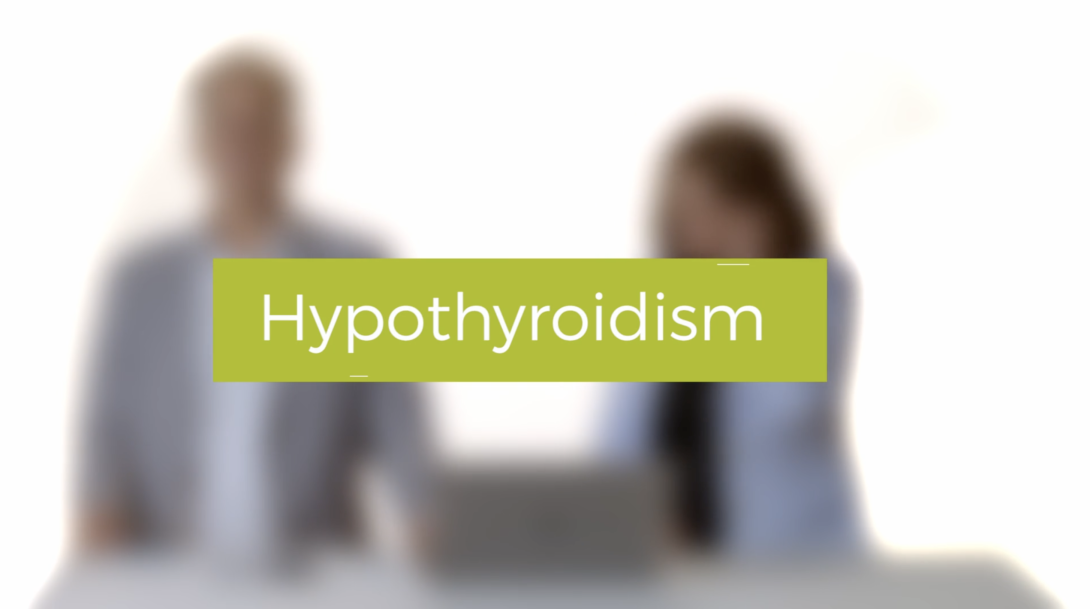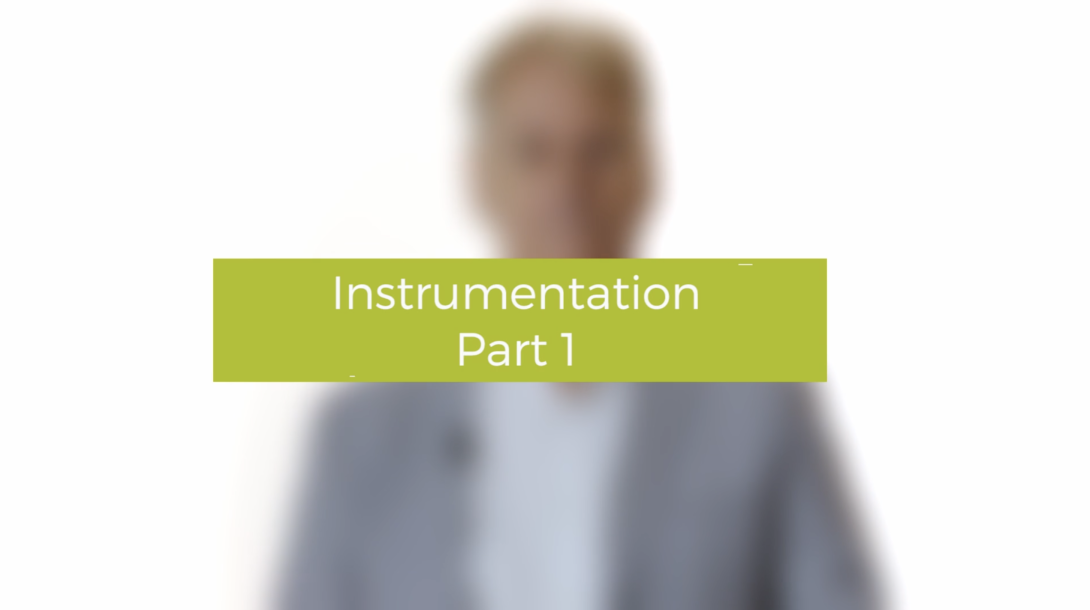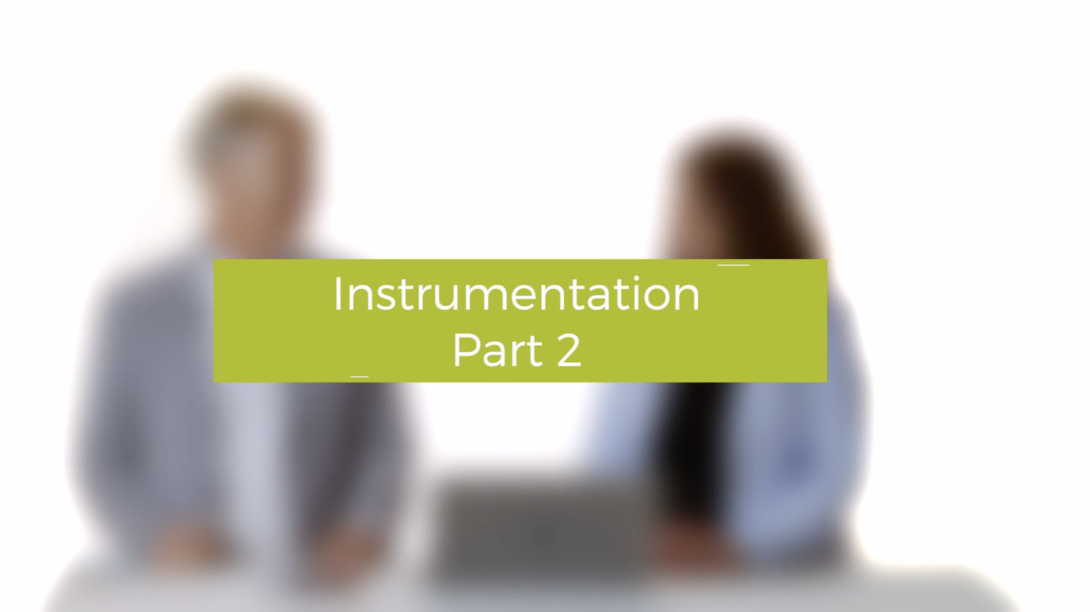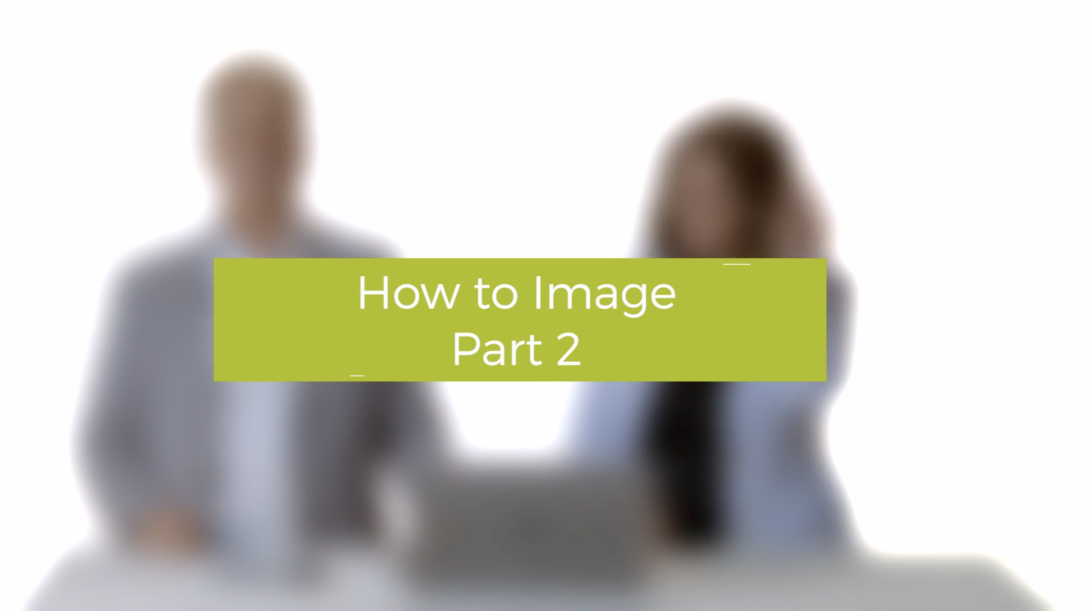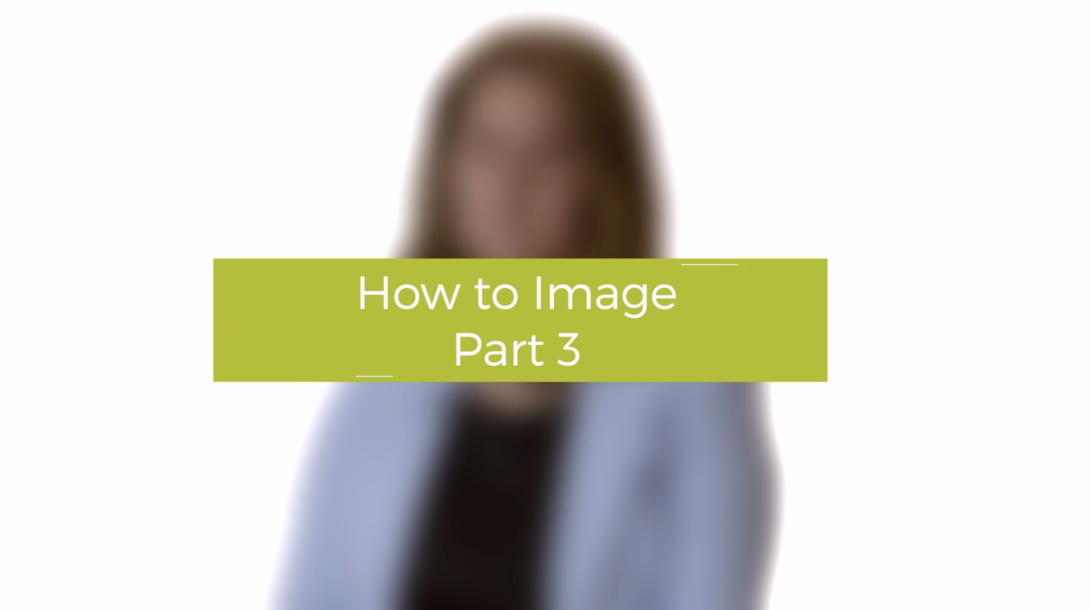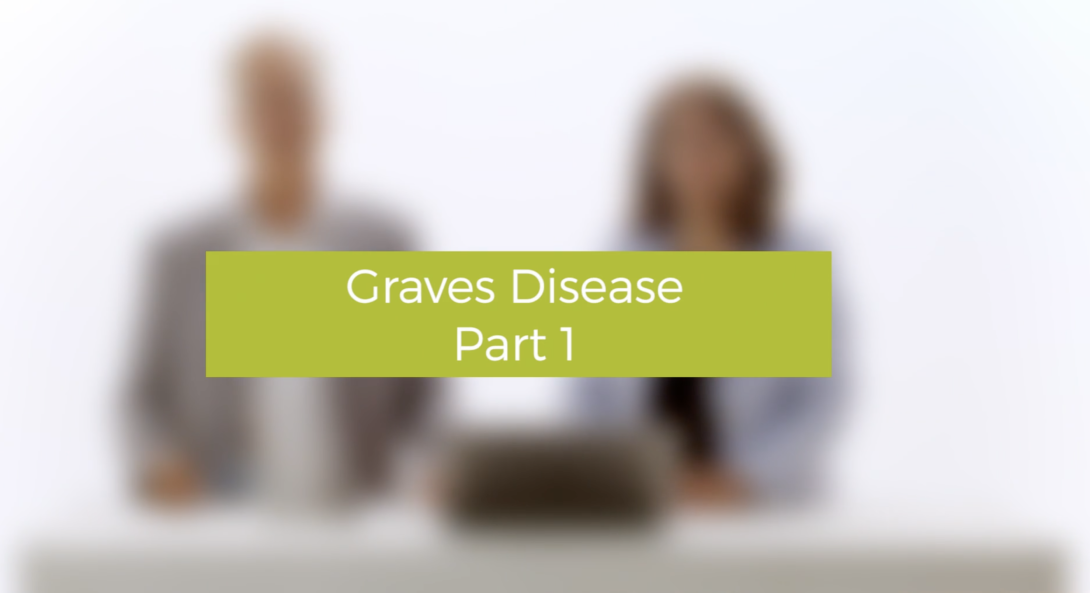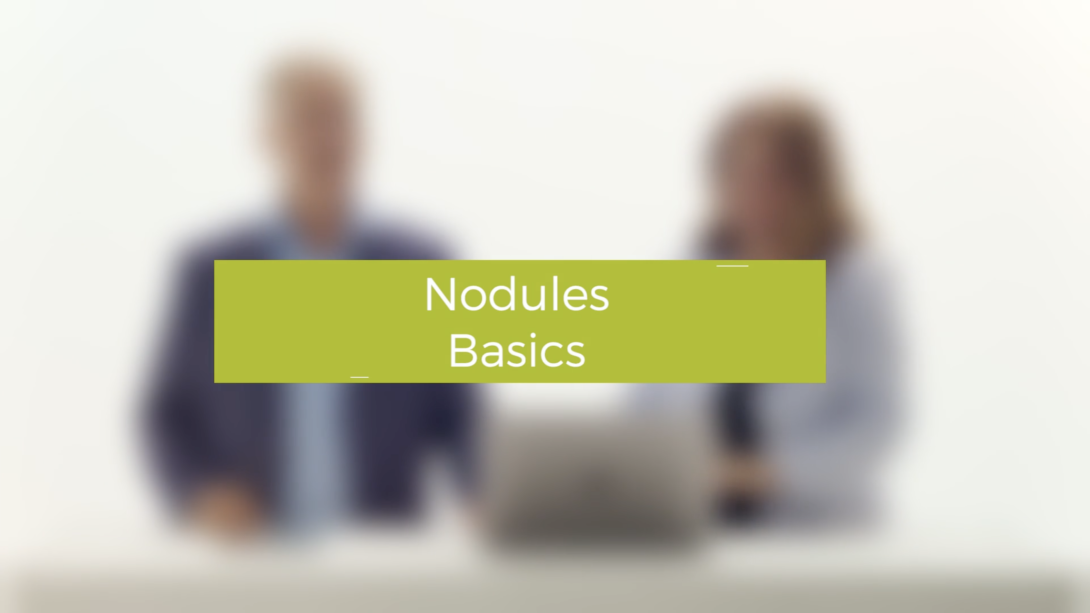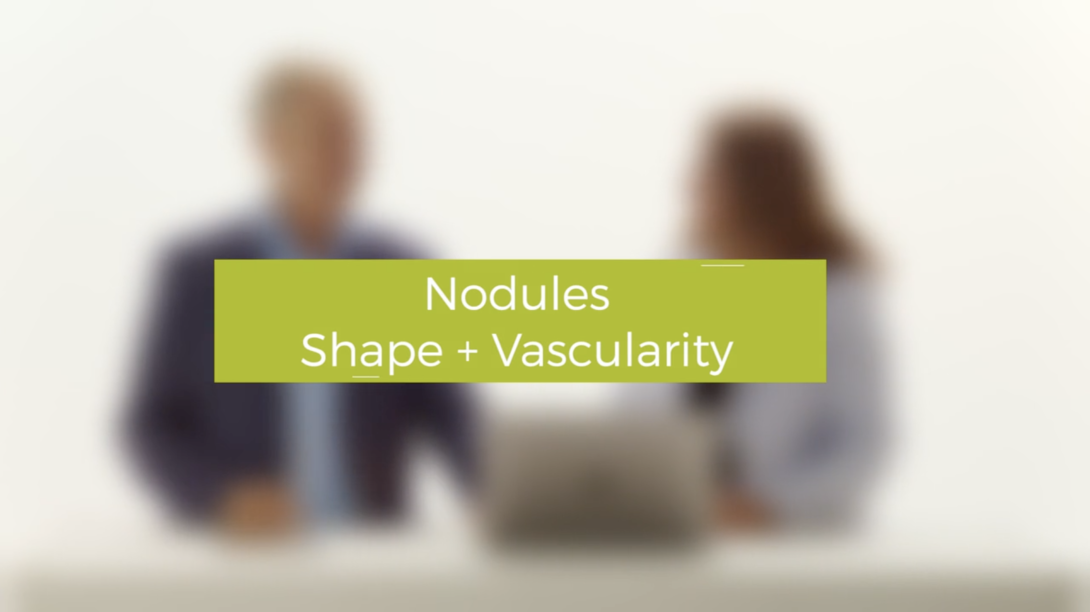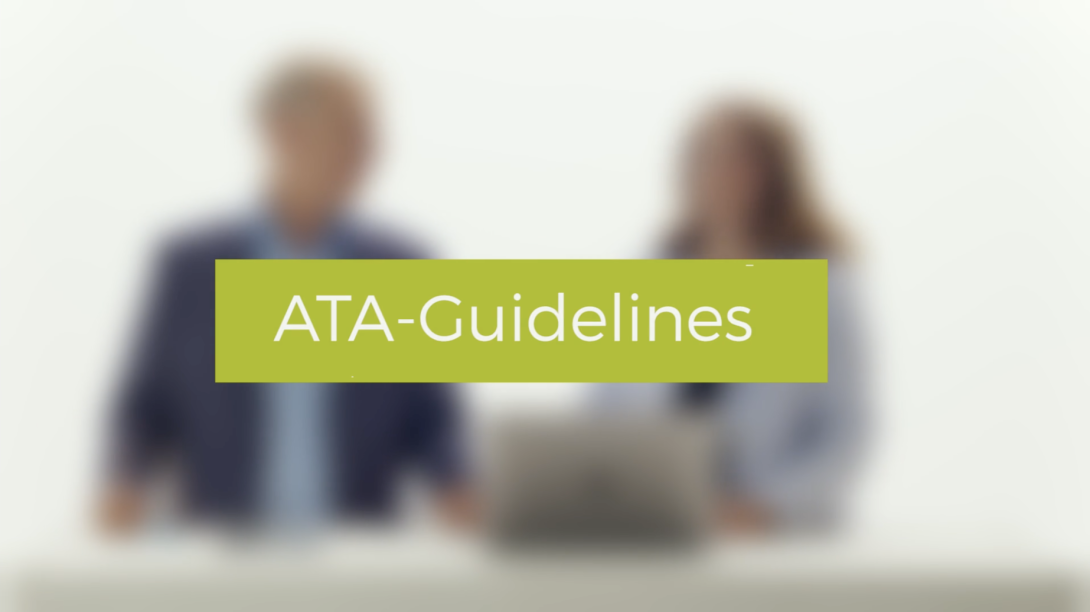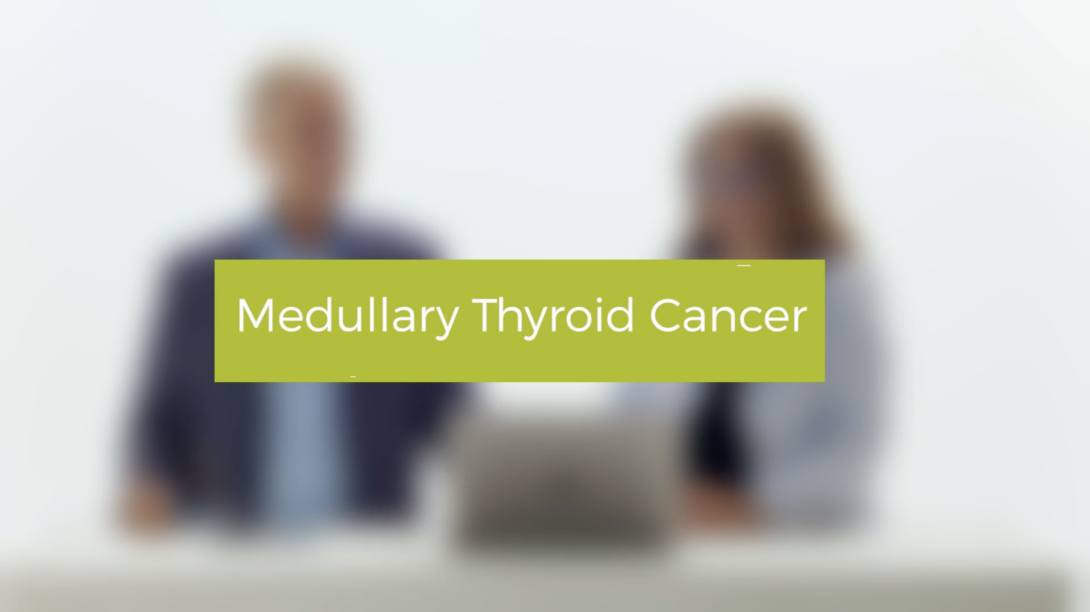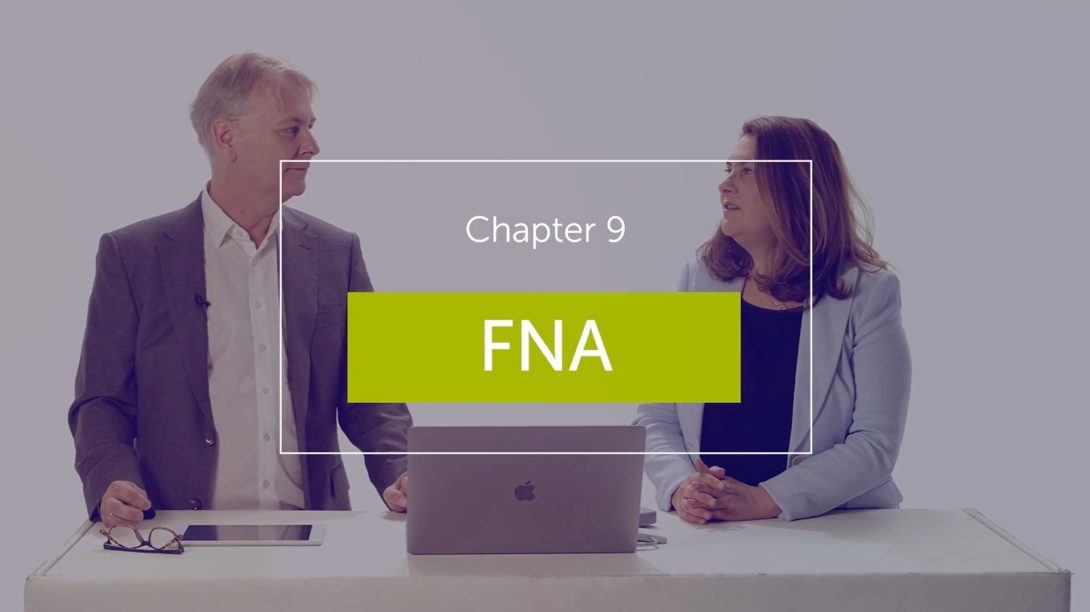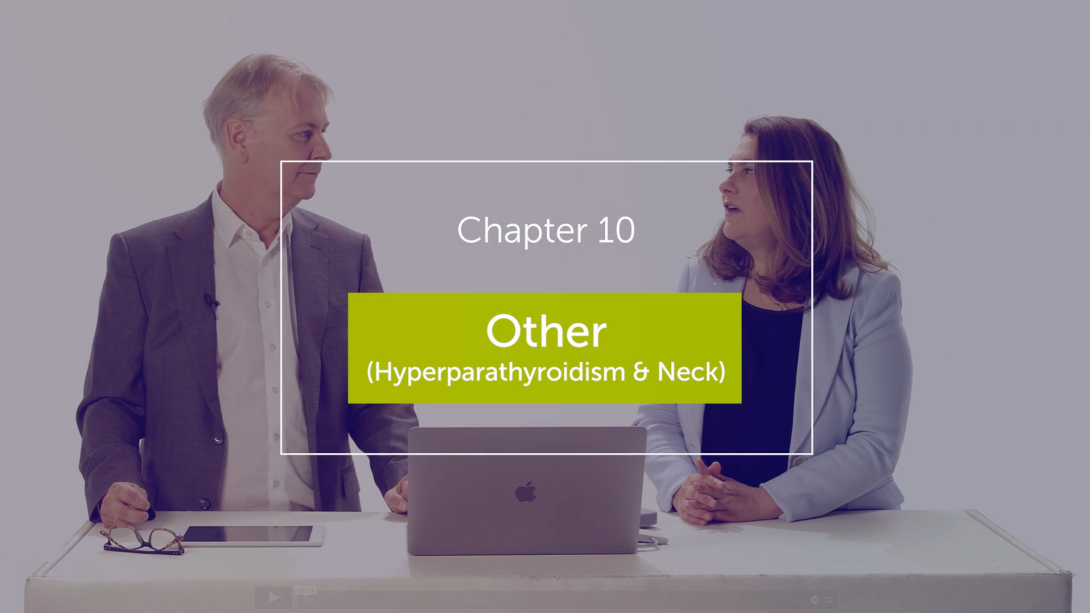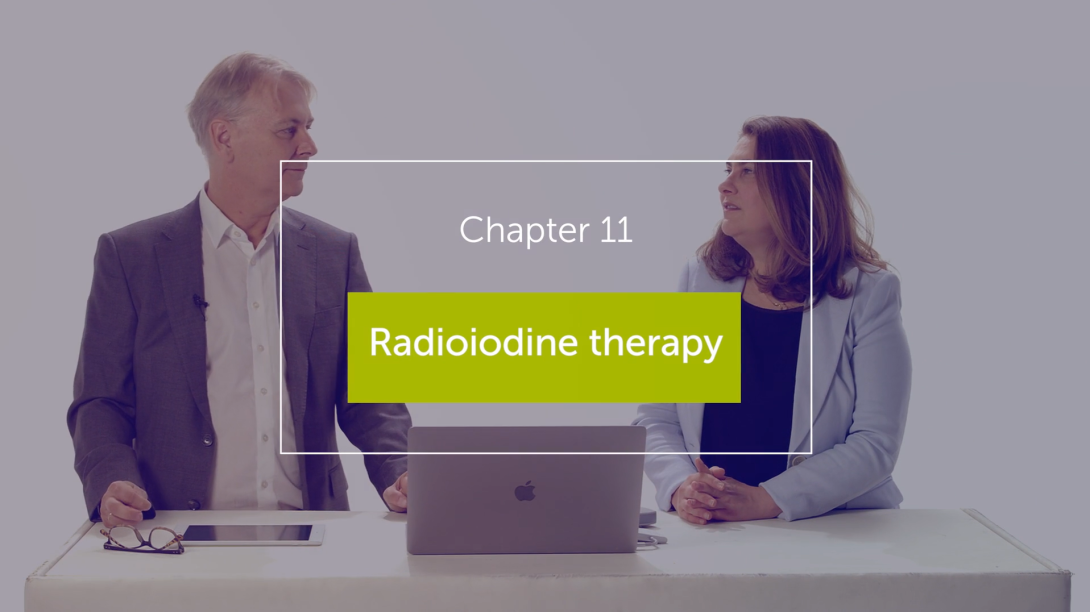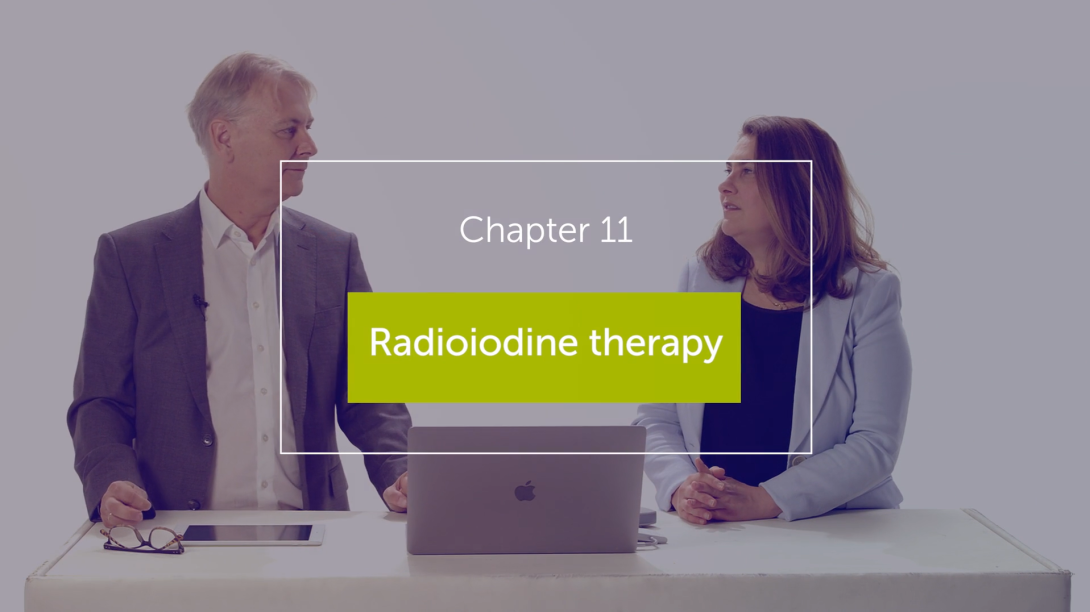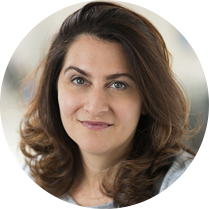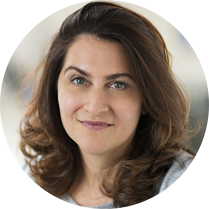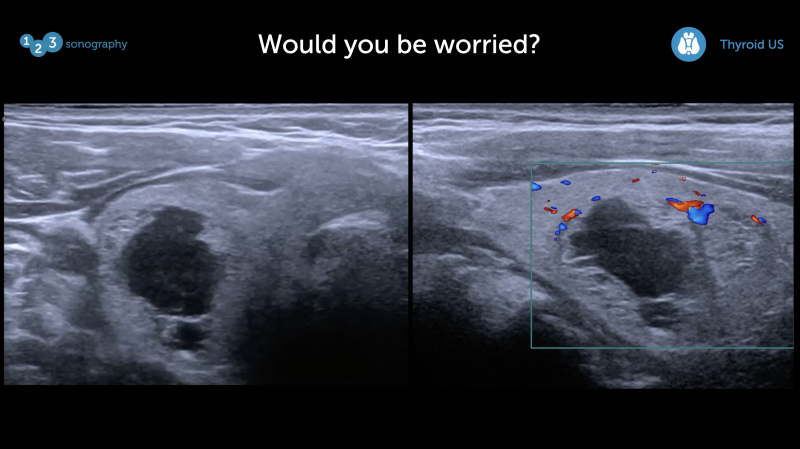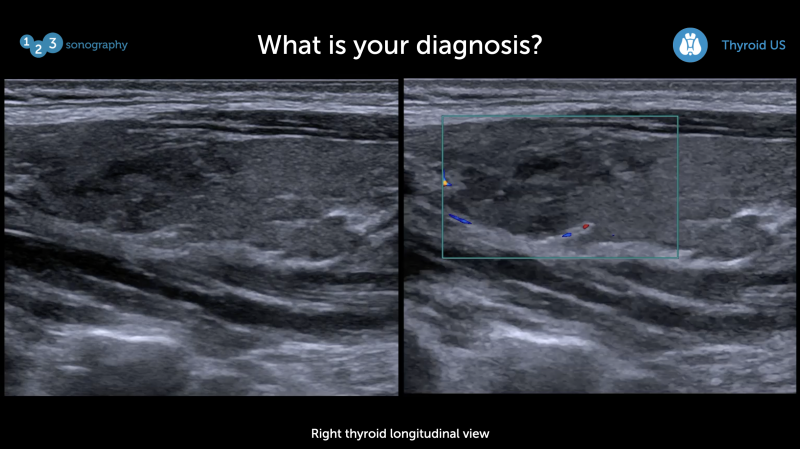Course Speakers
Curriculum
Chapter 1
Free lectures
3 lectures and 0 quizzes
Lectures & Quizzes:
Chapter 2
1.5 CME
Basics
This chapter will provide you with the basics that you need to kick-start your career in thyroid ultrasound: Why does it make sense to learn thyroid ultrasound in the first place? In which patients should you perform ultrasound? Here we will also cover the anatomy of the thyroid and the neck and provide a wrap-up of thyroid function and physiology.
5 lectures and 1 quizzes
Lectures & Quizzes:
Chapter 3
0.5 CME
Hypo-/Hyperthyroidism
Without a firm understanding of thyroid function, hyper- and hypothyroidism it is difficult, if not impossible, to correctly interpret thyroid ultrasound findings. In this chapter, we explain which conditions can lead to thyroid dysfunction, how thyroid hormone levels are controlled, what the classic symptoms of hypo- and hyperthyroidism are, and how the thyroid affects the function of our body.
3 lectures and 1 quizzes
Lectures & Quizzes:
Chapter 4
2 CME
Ultrasound Imaging
In this chapter we get to "the core of things": Here you will learn "how to perform a standard exam". Topics covered include patient positioning, image optimization (knobology), imaging planes, quantification of thyroid size, ultrasound anatomy, and much more. Of course, we also provide valuable tips and tricks. This chapter also deals with Doppler imaging and elastography.
6 lectures and 1 quizzes
Lectures & Quizzes:
Chapter 5
1.5 CME
Diffuse Disease
In this chapter, we cover pathologies that can affect the entire thyroid - so-called "diffuse diseases". These include goiter (diffuse and nodular), Graves' disease, Hashimoto's disease as well as other forms of thyroiditis (De Quervain, drug-induced and pregnancy-related). For each disease, we discuss the epidemiology, pathophysiology, risk factors, ultrasound features, other diagnostic modalities, and treatment options.
7 lectures and 1 quizzes
Lectures & Quizzes:
Chapter 6
1 CME
Nodules: Benign or malignant
Thyroid nodules is (aside from diffuse disease) the "other" large topic in thyroid ultrasound. Nodules are the most common finding on ultrasound. The major role of ultrasound is to determine which nodules could potentially be malignant. Here you will learn how to describe nodules using a systematic approach. You will also find out what the morphologic criteria for malignancy are. Again we show you many examples so that you can "train your eye".
5 lectures and 1 quizzes
Lectures & Quizzes:
Chapter 7
1 CME
Classification schemes & Cancer
In Chapter 6 we take the topic of nodules a step further. Now that you know how to evaluate nodules, you will find out how to classify them with respect to their risk of malignancy. We cover both the EU- and ACR TIRADS classification and the ATA guidelines for the management of nodules. In addition, we explain the Bethesda cytology classification. After watching this chapter you will know when you should proceed with fine-needle aspiration biopsy (FNA) and which nodules you can simply follow up on with ultrasound.
3 lectures and 1 quizzes
Lectures & Quizzes:
Chapter 8
1 CME
Thyroid cancer
Thyroid cancer is not always a benign condition and ultrasound is the most important imaging modality for the early detection of thyroid cancer. But ultrasound is also important for the staging of malignancies. In this chapter, we introduce you to the classification and staging of thyroid cancer and then cover the most common forms (papillary, follicular, medullary) in more detail. We will talk about the epidemiology, predisposing factors, prognosis, and treatment of thyroid cancer. We specifically look into the topic of radiation exposure. The teaching points are highlighted by numerous examples and cases. As in all other chapters, our experts will share their thoughts and experience.
5 lectures and 1 quizzes
Lectures & Quizzes:
Chapter 9
1 CME
Scintigraphy & lab
While thyroid ultrasound is an important building block to diagnose thyroid disease it is not the only one. In this chapter, we will add scintigraphy and lab testing to the list. After watching this chapter you will know how to put your ultrasound findings in the context of other findings and you will learn when scintigraphy and lab testing is indicated.
3 lectures and 1 quizzes
Lectures & Quizzes:
Chapter 10
0.25 CME
FNA
Fine Needle Aspiration (FNA) is performed with the guidance of ultrasound. In this chapter, we will explain when this procedure is indicated and demonstrate how it is performed. Here we also review the Bethesda Cytology classification and present cases from A-Z. From the initial diagnosis with ultrasound to scintigraphy and FNA. This chapter will also help you review what you have learned so far.
1 lectures and 1 quizzes
Lectures & Quizzes:
Chapter 11
0.25 CME
Other (Hyperparathyroidism + neck)
The thyroid is only one structure of the neck. When you scan you will also come across findings outside the thyroid. This chapter focuses on two pathologies that you should not miss: Hyperparathyroidism and abnormalities of the lymph nodes. Here you will learn what the typical ultrasound appearance of parathyroid adenoma and abnormal lymph nodes are.
1 lectures and 1 quizzes
Lectures & Quizzes:
Chapter 12
0.5 CME
Radiotherapy
The last topic of this course on thyroid ultrasound is dedicated to radioiodine therapy. An important topic if you are involved in the treatment of patients with hyperthyroidism and cancer. But also for referring physicians. After all, you have to know for which patient groups radioiodine therapy is an option.
2 lectures and 1 quizzes
Lectures & Quizzes:
Objectives

Learn how and when to perform thyroid ultrasound.
Know how to detect relevant pathologies with thyroid ultrasound and interpret the findings in a clinical context.
Understand how to diagnose and manage patients with overt or suspected thyroid disorders.
Ideal for:

Student Discount
Are you a student? Get 50% discount on this course by completing the student application form.
Get Student DiscountRecommended Blog Posts
Pricing
One-Month Access
Take the most flexible route with a monthly subscription.
You get:
- Cancellation possible anytime after 4 months minimum run time
- Ability to complete quizzes and earn CME credits
Half-Year Access
Our shortest option for very fast learners. Ideal for people who have plenty of time to learn.
You get:
- 6 months access to our course
- Ability to complete quizzes and earn CME credits
One-Year Access
Our most recommended access duration to dive deep into the course. Save 30% on the 6-month option.
You get:
- 12 months access to our course
- Ability to complete quizzes and earn CME credits
Two-Year Access
If you want to take your time learning, this option is perfect for you. Save 40% on the 6-month option.
You get:
- 24 months access to our course
- Ability to complete quizzes and earn CME credits

